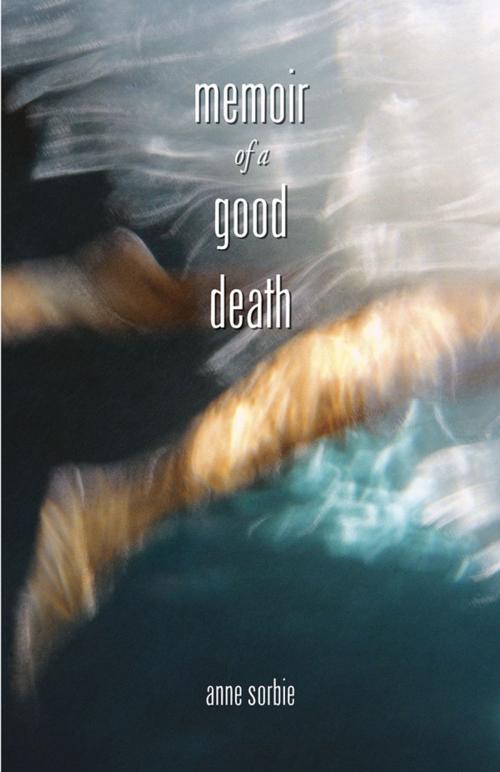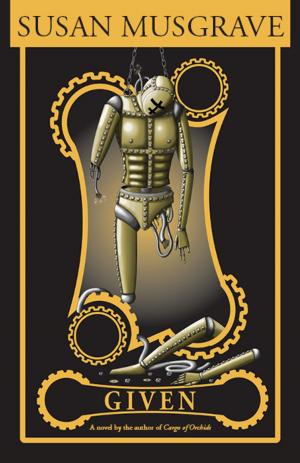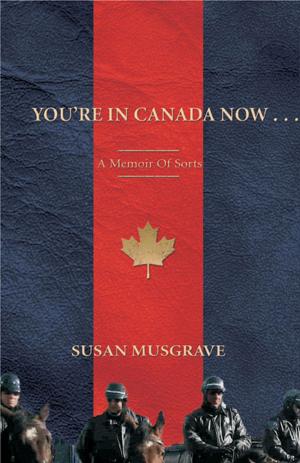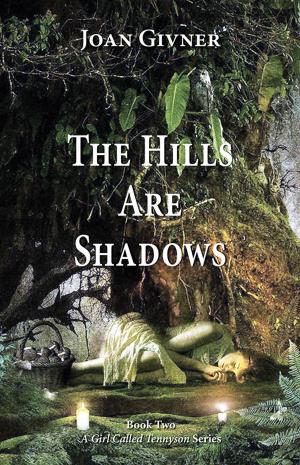| Author: | Anne Sorbie | ISBN: | 9781927068144 |
| Publisher: | Thistledown Press | Publication: | January 15, 2012 |
| Imprint: | Thistledown Press | Language: | English |
| Author: | Anne Sorbie |
| ISBN: | 9781927068144 |
| Publisher: | Thistledown Press |
| Publication: | January 15, 2012 |
| Imprint: | Thistledown Press |
| Language: | English |
This is a story of family, of death, and of the art of living. It is also the story of the ties that bind a mother to a daughter and the dynamics that govern their love. Shaped as a memoir, shared by Sarah Flett and her daughter Rhegan, the narrative begins with the death of Sarah's husband and builds in complexity with the untimely and sudden death of Rhegan. Are life and death at their core intertwined? As Rhegan speaks from beyond the grave, her life is revealed in unexpected ways to her mother. And as Rhegan reconstructs her past and her memories of the last six months of her life, their impact and energy become one with her mother's own remembering. This unheralded reconnection forms the nexus of the novel. It becomes their shared memoir. Through it the reader is invited into the intricacies of grieving and the irreducible nature of mother-daughter love. Sorbie's steady hand meshes the dual narrative perspectives using land and water imagery. Within this narrative frame, the balance that grieving and celebrating, and holding on and letting go require is carefully constructed. Rhegan's and Sarah's lives become meaningful because we share in their heartbreak and their joy. Their lives intertwine and together become the memoir of a good death. As Robert Kroetsch writes, "When the dead speak we must listen. Anne Sorbie's dead and eloquent narrator is full of wild humour, pain, rebellion, compassion, wisdom. And she tells a wickedly good story."
This is a story of family, of death, and of the art of living. It is also the story of the ties that bind a mother to a daughter and the dynamics that govern their love. Shaped as a memoir, shared by Sarah Flett and her daughter Rhegan, the narrative begins with the death of Sarah's husband and builds in complexity with the untimely and sudden death of Rhegan. Are life and death at their core intertwined? As Rhegan speaks from beyond the grave, her life is revealed in unexpected ways to her mother. And as Rhegan reconstructs her past and her memories of the last six months of her life, their impact and energy become one with her mother's own remembering. This unheralded reconnection forms the nexus of the novel. It becomes their shared memoir. Through it the reader is invited into the intricacies of grieving and the irreducible nature of mother-daughter love. Sorbie's steady hand meshes the dual narrative perspectives using land and water imagery. Within this narrative frame, the balance that grieving and celebrating, and holding on and letting go require is carefully constructed. Rhegan's and Sarah's lives become meaningful because we share in their heartbreak and their joy. Their lives intertwine and together become the memoir of a good death. As Robert Kroetsch writes, "When the dead speak we must listen. Anne Sorbie's dead and eloquent narrator is full of wild humour, pain, rebellion, compassion, wisdom. And she tells a wickedly good story."















